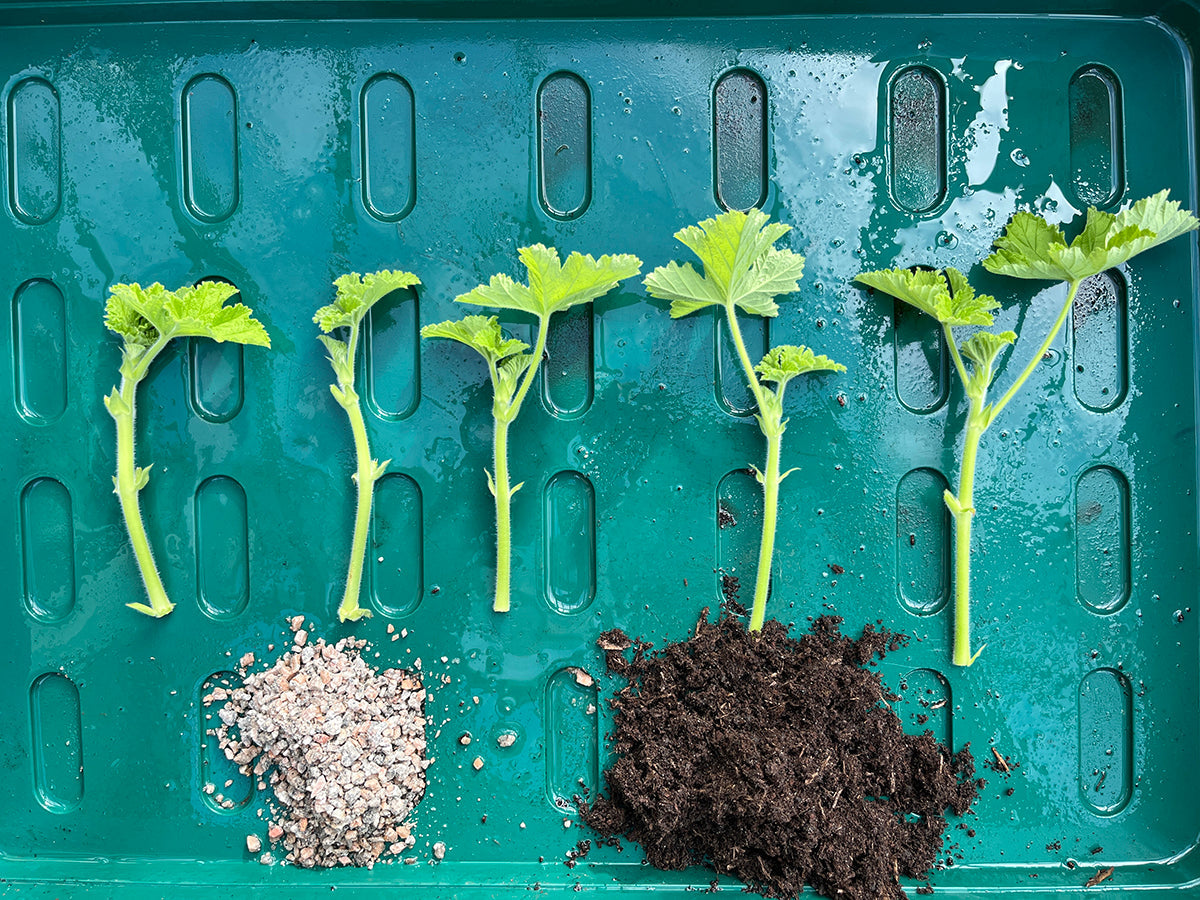Q&A with Harry Hoblyn, HG Charleston

Charleston in East Sussex is the former home of Vanessa Bell and Duncan Grant.
Tell us about your journey into horticulture?
After university, I taught English in Colombia and volunteered on a coffee farm out there, followed by a stint working for an organic farm in the UK and more work overseas, pursuing my growing interests in farming and being outdoors. I also became more interested in the aesthetic side of gardens and, after doing my RHS horticultural qualifications, got a traineeship with Charleston, which eventually turned into a permanent job.
Tell us about what attracted you to the Charleston?
I studied history and I’m interested in literature and art, so the connection with Vanessa Bell, Duncan Grant and the Bloomsbury group was a draw. I liked the fact the garden wasn’t a rigidly heritage garden but there was flexibility to be creative. Vanessa’s daughter once said the garden wasn’t a gentleman’s garden or a gardener’s garden, but an artist’s garden. As much as the garden itself, for them, it was about picking flowers for a cut flower painting, plants chosen for their architectural shape or colour. Cardoons and red hot pokers feature in some of their paintings.
How do you balance the heritage of the garden and progress?
There are elements of the planting such as the santolina hedges that edge the lawn, which you can see in old photos and are unique to the garden. The same with the apple trees and the cloud pruned buxus hedge which add an informality to the rectangular lines of the garden - there’s also an Omega workshop fabric called 'Clouds' so that’s a nice reference. Hollyhocks are another characteristic plant which I encourage to self-seed, the dianthus still lines the path and there are aster-like plants that are historically accurate. But I also let the ‘spirit’ of the garden guide me. There’s a Quentin Bell quote about how the house shouldn’t "be tasteful and restrained, but that the exuberant decoration of the interior should spill out into the garden", and you can really imagine the scents and sensations entering the house when the French doors are flung open. And in one of her letters, Vanessa talks about the garden’s ‘sweet disorder’. I’ve added some more shrubs such as lilac, philadelphus and weigela and it’s fun to experiment with annuals. We use delicate ‘Shirley’ poppies which were very ‘Charleston’ whilst adding thing like larkspur and nicotiana. I’ve also introduced various salvias and Melianthus major, which is architectural and silvery, like the cardoons Vanessa loved. I ask myself, ‘would they plant this?’ and try to channel their energy!
Do you have a favourite part of the garden or time of year in the garden?
When I come into the garden in early Spring with the apple trees blooming and rich tapestry of spring flowers beneath them, I can begin to feel very emotional. The enclosed nature of the Walled Garden heightens this unique sensation and focuses my energy firmly into that time of year. Of course, this is the time for new growth in the garden and it can be fun to experiment with different bulbs, such as tulips, with Autumn-sown annuals and early flowering perennials adding texture to the borders. Next month we'll be planting out our bulbs, so the anticipation for Spring is already burgeoning, even in Autumn.











